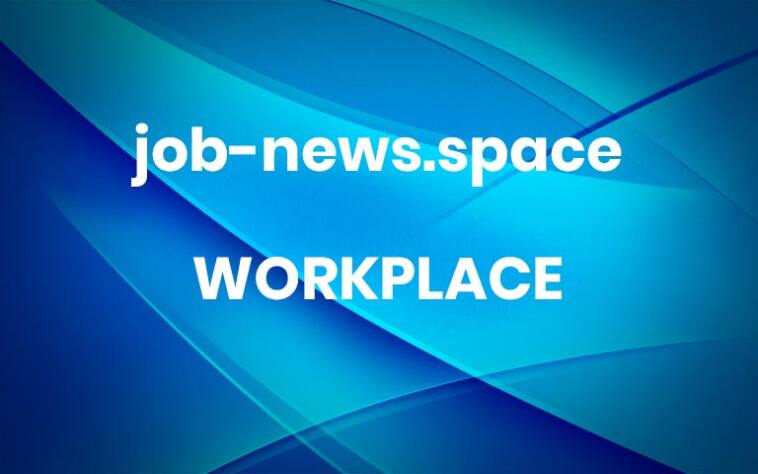How Remote Companies Can Spark In-Person Innovation
When I started Social Tables, our 3,000-square-foot loft in D.C. was chaos in the best way. An open office where different teams bled into one another, Sonos playlists were curated by the week’s most productive sales rep, and desks on wheels meant anyone could move anywhere.
What I didn’t realize at the time was that an environment like the one we created fueled our innovation culture.
Today, remote and hybrid work are here to stay. Most companies aren’t mandating RTO—and for good reason. Productivity has remained virtually the same while employee preferences sway heavily toward being remote.
But here’s the tension: while output might look fine on paper, innovation—especially the kind that requires rapid feedback and creative tension—suffers when people aren’t in the same room.
In other words, it’s easier to innovate when people feel a sense of connection and belonging.
The innovation gap of remote work
A recent McKinsey paper backs this up: “Remote workers require additional leadership support, including guidance and guardrails on the tasks at hand, but also to secure buy-in or funding from other leaders.” When people are in the same space, ideas naturally collide. It’s hard to riff on a Zoom. Leaders coach in real time, which is something you can’t do on Slack.
So, how do remote-first companies innovate without dragging people back to the office?
Offsites as a strategy
The unironic answer is to bring together teams whose work requires innovation IRL. Not into the office or on a retreat-style reward, but to a purposefully designed offsite.
Go further, by making team-building retreats and strategic planning offsites a core part of your operating model— not as perks, not as rewards, and not as outings, but as essential tools for connection and innovation. As a core part of your business’s quarterly cadence.
Offsites done well don’t just boost morale—they create psychological safety, strengthen organizational commitment, and spark creativity and innovation.
How to design offsites that move the needle
Too many offsites are cookie-cutter: Arrive at the hotel, eat at the on-premise restaurant, meet in the stuffy function room, and have a happy hour at the bar. This tired model is rinsed and repeated for three days. And then duplicated the next year.
These “offsites” fail to recognize that the goal isn’t to entertain your team—it’s to empower them.
Here are three design principles I recommend:
1. Start with hospitality.
A successful retreat creates a sense of belonging. To get to this state faster, participants need to feel welcomed in the environment they are a part of. They need to feel genuine warmth in the way they are treated.
To do this, make sure that the gathering is in a destination that is relatively easy to get to and that the neighborhood it’s in is safe. As long as everyone has their own private room, the venue can be small so that some level of professional intimacy forms.
2. Cut the alcohol.
Alcohol is exclusionary (because some people don’t drink), dangerous (because some who drink act unprofessionally), distracting (because people move their focus elsewhere), and unproductive (because hungover people can’t perform).
Instead of the usual happy hour where the hope is that participants will form bonds, consider nurturing conversations with thoughtful questions like If you could study any subject that you know nothing about, which would it be and why? Such questions go beyond helping people get to know one another; They open the door for deeper connection for folks who share the same interests.
3. Design retreats thoughtfully.
No single offsite is the same. Even if you have the same exact program, things like current events, weather, attendee moods, etc. can influence an offsite’s outcome. That’s why every gathering needs to be uniquely curated.
To be intentional about a corporate retreat, after considering your goals, add the activities and experiences that will help you reach them. If a design sprint is on the agenda, take the team to an improv workshop to activate creativity. Similarly, if you’re doing annual planning, start the retreat with sound meditation to center everyone.
In-person time doesn’t need to be constant, but it needs to count. A well-run retreat can accomplish what months of virtual syncs won’t. It gives teams a time and place to rally around a shared goal and makes them feel like they belong.
Dan Berger is the founder of Assemble Hospitality and author of The Quest: The Definitive Guide to Finding Belonging.
Share this post: More




